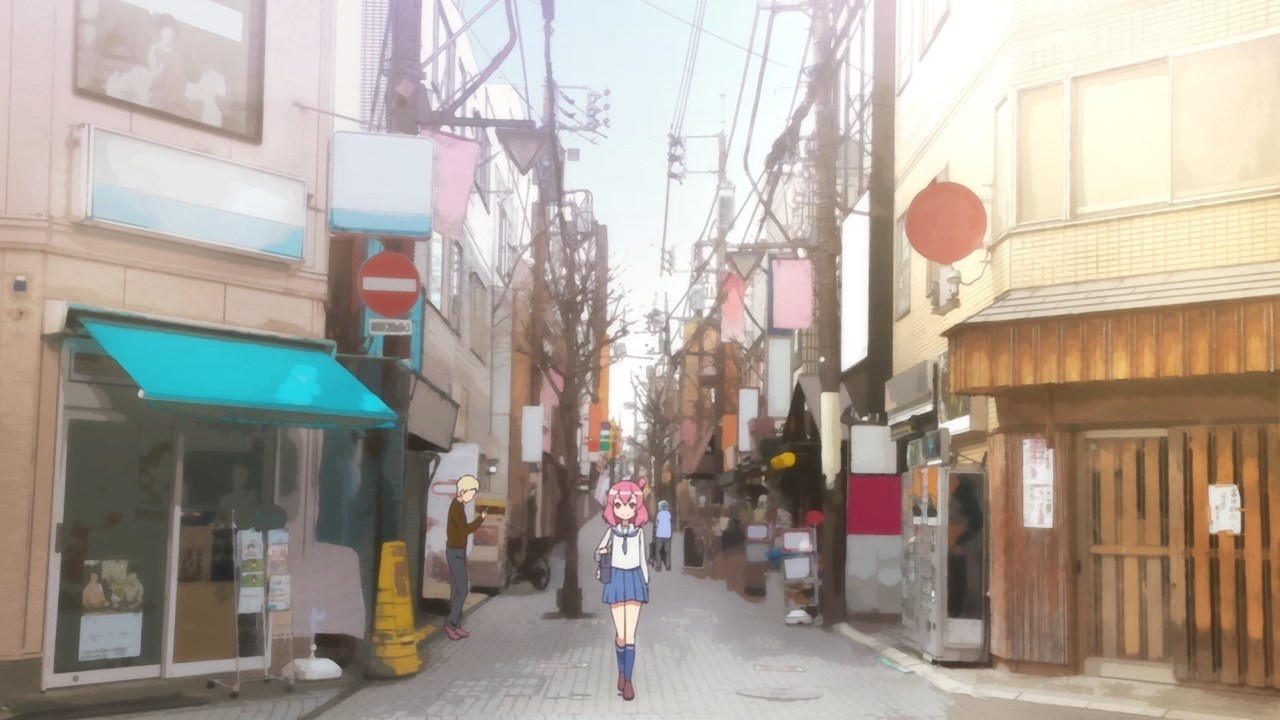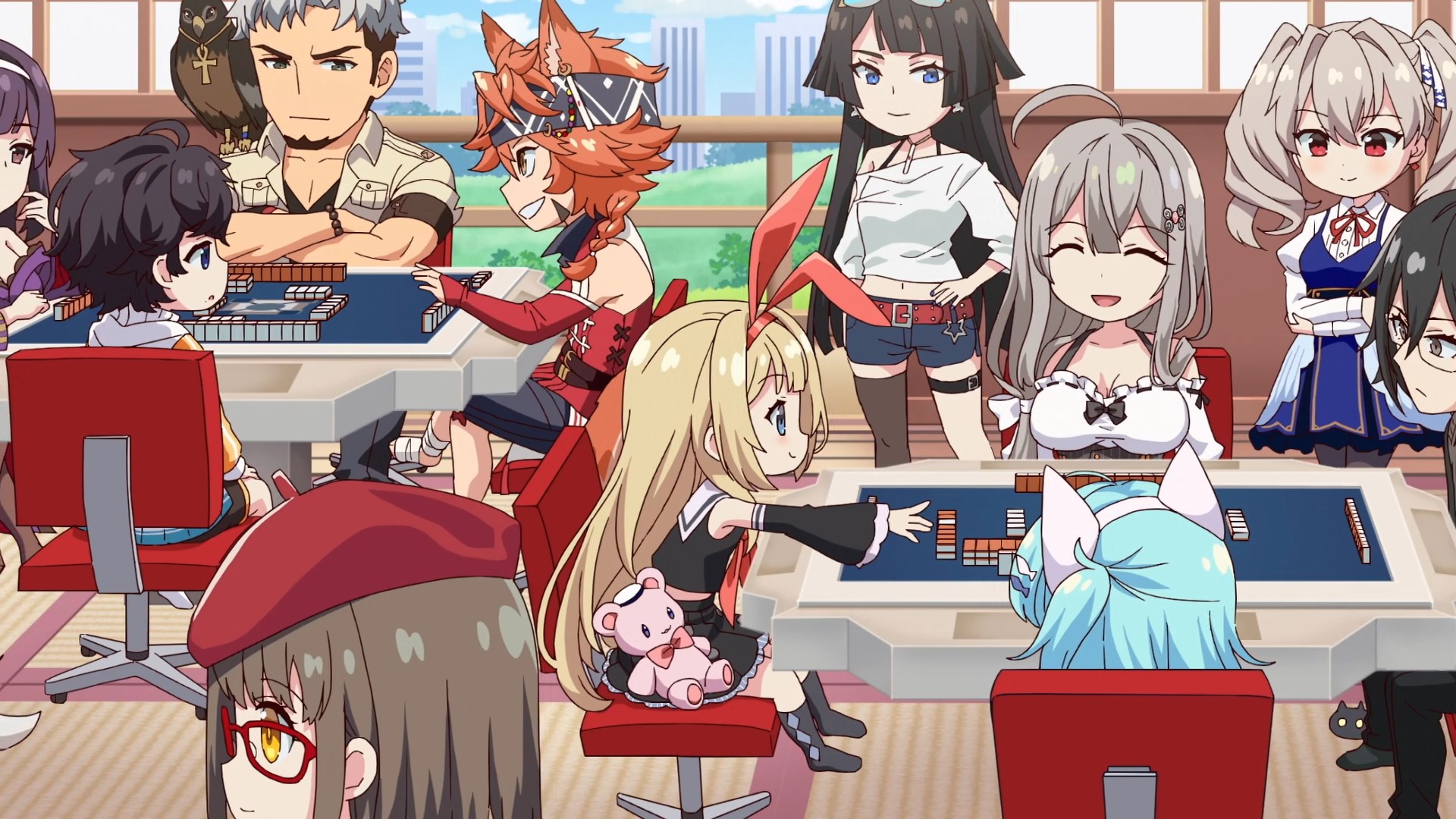Here are some interesting articles cluttering up my browser tabs:
-
Biopolitical Binaries (or How Not to Read the Chinese Protests) — The internalisation of this false binary in Western narratives risks resulting in misreading the Chinese protests by interpreting the protesters’ rejection of the authoritarian biopolitics of zero covid as a tacit demand for the necropolitics of the United States. At the same time, this type of binary thinking severely constrains our ability to comprehend the global lessons of the pandemic as we enter an age of collective crisis.
- Victoria 3 Players Think Communism Is Too OP — Victoria 3 is a political simulation game that plays like accounting software. And currently, apparently even the game’s numbers agree with the so-called radical left that communism is the most economically efficient government system. Victoria 3 players have taken to the internet to complain that there aren’t any other ways of playing that are better than Marxism.
- New dates suggest Oceania’s megafauna lived until 25,000 years ago, implying coexistence with people for 40,000 years — The U-series dating provides minimum age estimates, which means the fossils could be older. But since our estimates are supported by previous accelerated mass spectrometry dating, collectively the data provide a compelling case for the existence of megafauna in Sahul as recently as 25,000 years ago.
- Thorsday Thoughts 276 – Thursday December 8, 2022 — While I tend to view Thunderstrike as a continuation of this run, it’s also its own thing. This is the final issue of Thor by Tom DeFalco and Ron Frenz after taking over at the end of 1987. They did two unrelated issues, one an untold story from Secret Wars focusing on Thor and the Enchantress, and one introducing Dargo, the possible Thor of the future. After a one-off by Jim Shooter, Stan Lee, Erik Larsen, and Vince Colletta, the run proper began and lasted for just over five years. It’s hard to sum up those five years in a simple statement, because, if there was one thing constant throughout those years, it was how willing Frenz and DeFalco were to change things up.
- Scientists Identify 208 Natural Minerals That Formed From Human Activity — A new study has found that the incredible upsurge of new minerals around the time of the industrial revolution led to the unprecedented diversification of crystals on Earth, eclipsing even the Great Oxidation Event 2.3 billion years ago as the “greatest increase in the history of the globe”.
- ‘Murder game’ cinema: Rollerball, its precursors and influences — here’s a list of Rollerball related movies I need to watch as well. Recommended fodder for those interested in dystopian sevneties sci-fi. (Some of the less obvious movies on here are by the same director.)
- AND WHO DO YOU HIT? Three West German films on familial and economic violence in the Märkisches Viertel — examing and screening several socialist, realistic documentary movies coming out of seventies West-Germany depicting the life in a particular apartment building. Entirely different from the glitzy Hollywood sci-fi of the above list, but you can see some continuity here, can’t you?
- My Stepfather Became My Dad the Day He Took Me to My First Football Match — My dad, Barrie, isn’t technically my dad. He’s my stepdad, but he became my dad on 12 November 1988 when Southampton beat Aston Villa 3-1 at The Dell, the club’s dilapidated former home. My birth father had effectively disappeared by then, leaving my mum with two sons, one of whom was football mad. That was the first game of football Barrie took me to.
I especially recommend Tom Williams’ very personal account of the way football brought him and his dad together.


